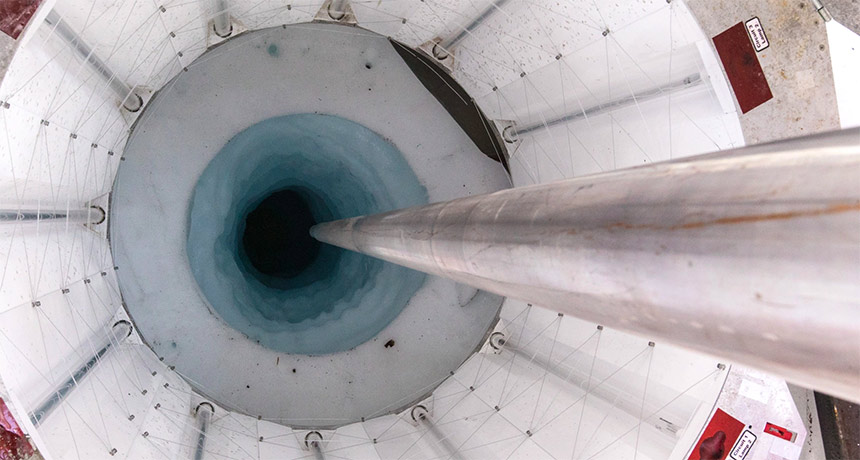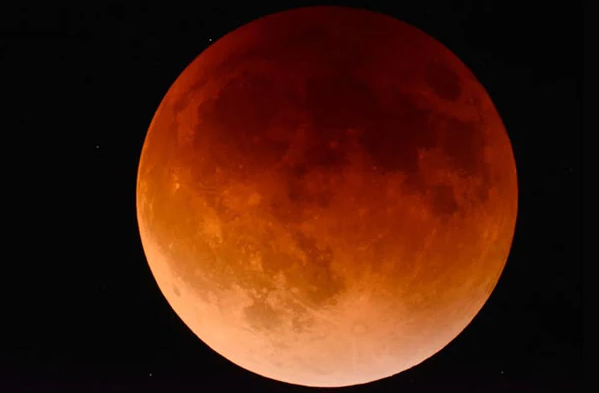Cryptic remains of tiny animals have turned up in an Antarctic lake


Much to their surprise, scientists in Antarctica have uncovered what appear to be remnants of tiny animals in mud dredged from a lake that has been covered by a thick mantle of ice for thousands of years.
The researchers on this expedition — known as the Subglacial Antarctic Lakes Scientific Access, or SALSA — are the first to sample Lake Mercer, a body of water about 600 kilometers from the South Pole. After drilling about a kilometer through the ice in late December, researchers lowered instruments that brought water and sediment up to the surface.
Looking at these samples under a microscope, the team found “some things that looked like squished spiders and crustacean-type things with legs … some other things that looked like they could be worms,” says expedition member David Harwood, a micropaleontologist at the University of Nebraska–Lincoln. The researchers also spotted what appeared to be the vestige of a famously durable microscopic critter called a water bear (SN Online: 7/14/17). Examining the DNA of these remnants will help researchers ID them more precisely.
This find, first reported online by Nature on January 18, “is really intriguing,” says Slawek Tulaczyk, a glaciologist at the University of California, Santa Cruz who is not part of the SALSA team. Until now, scientists hadn’t considered such Antarctic lakes like Mercer to be suitable environments for organisms larger than microbes.
When researchers in 2013 sampled Lake Whillans, the only other ice-lidded lake in Antarctica that scientists have drilled into, “we didn’t uncover any evidence of anything more complex than a microbe,” says SALSA team member Brent Christner, a microbiologist at the University of Florida in Gainesville (SN: 9/20/14, p. 10). “We had a similar expectation here.”


